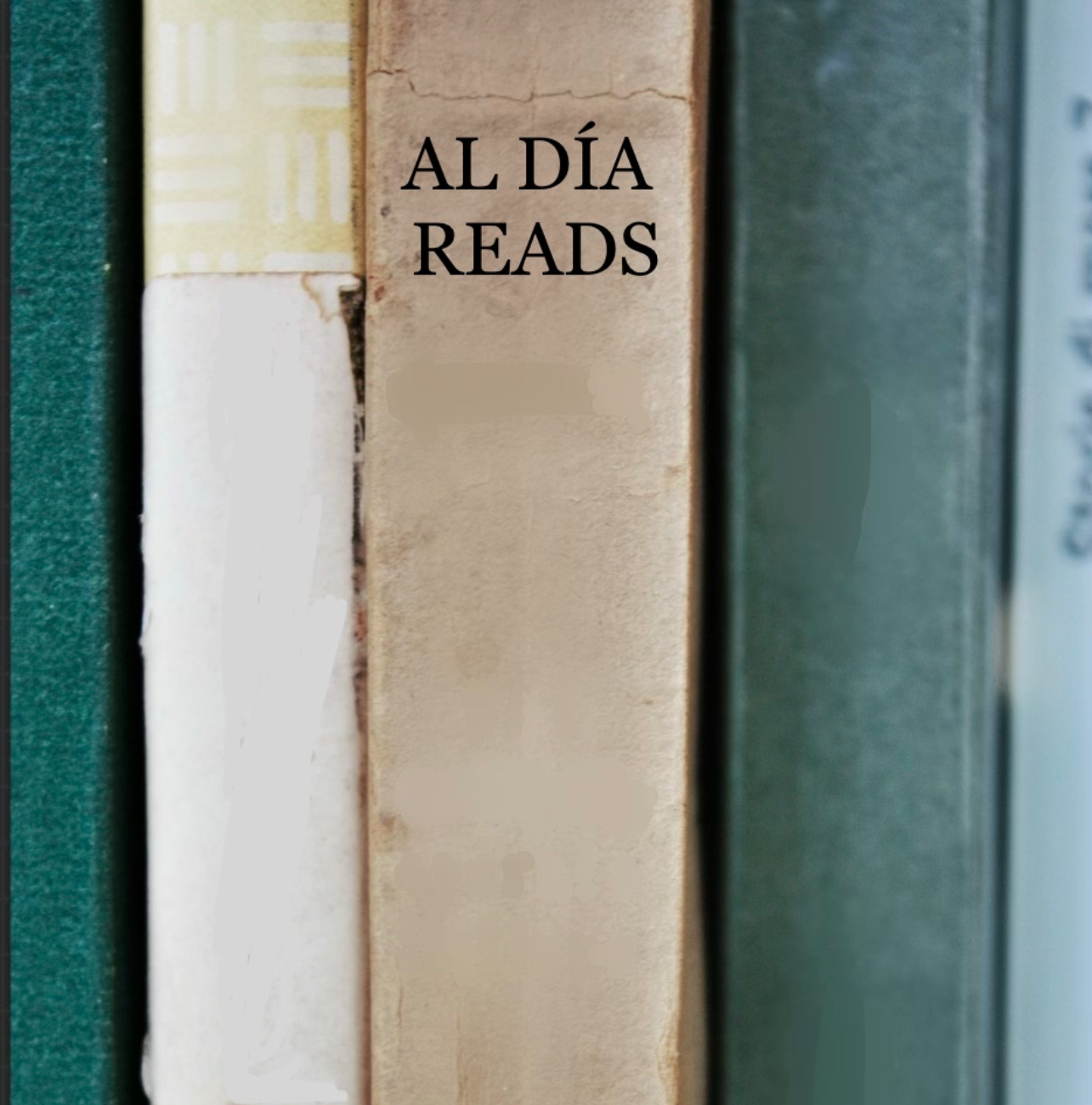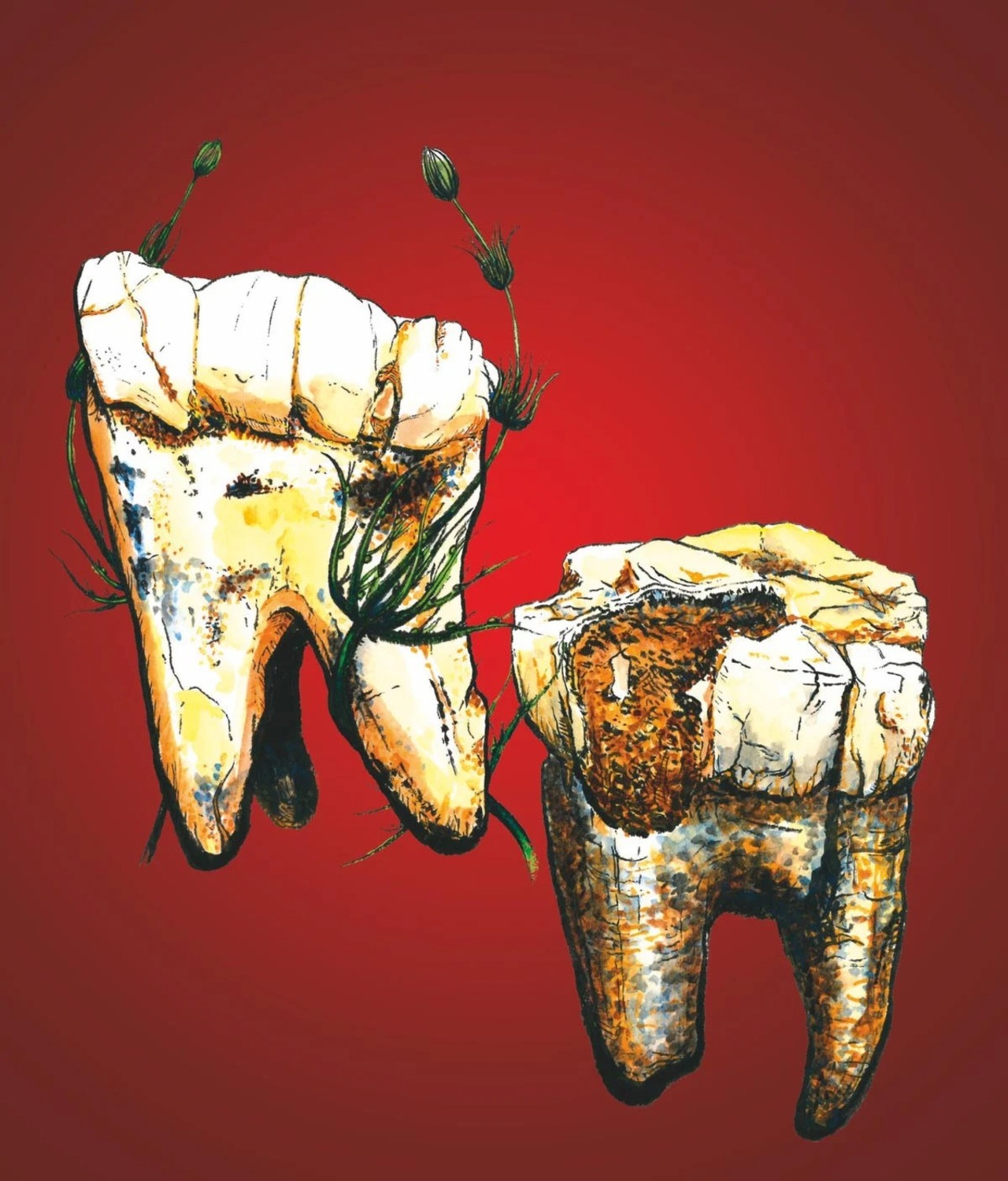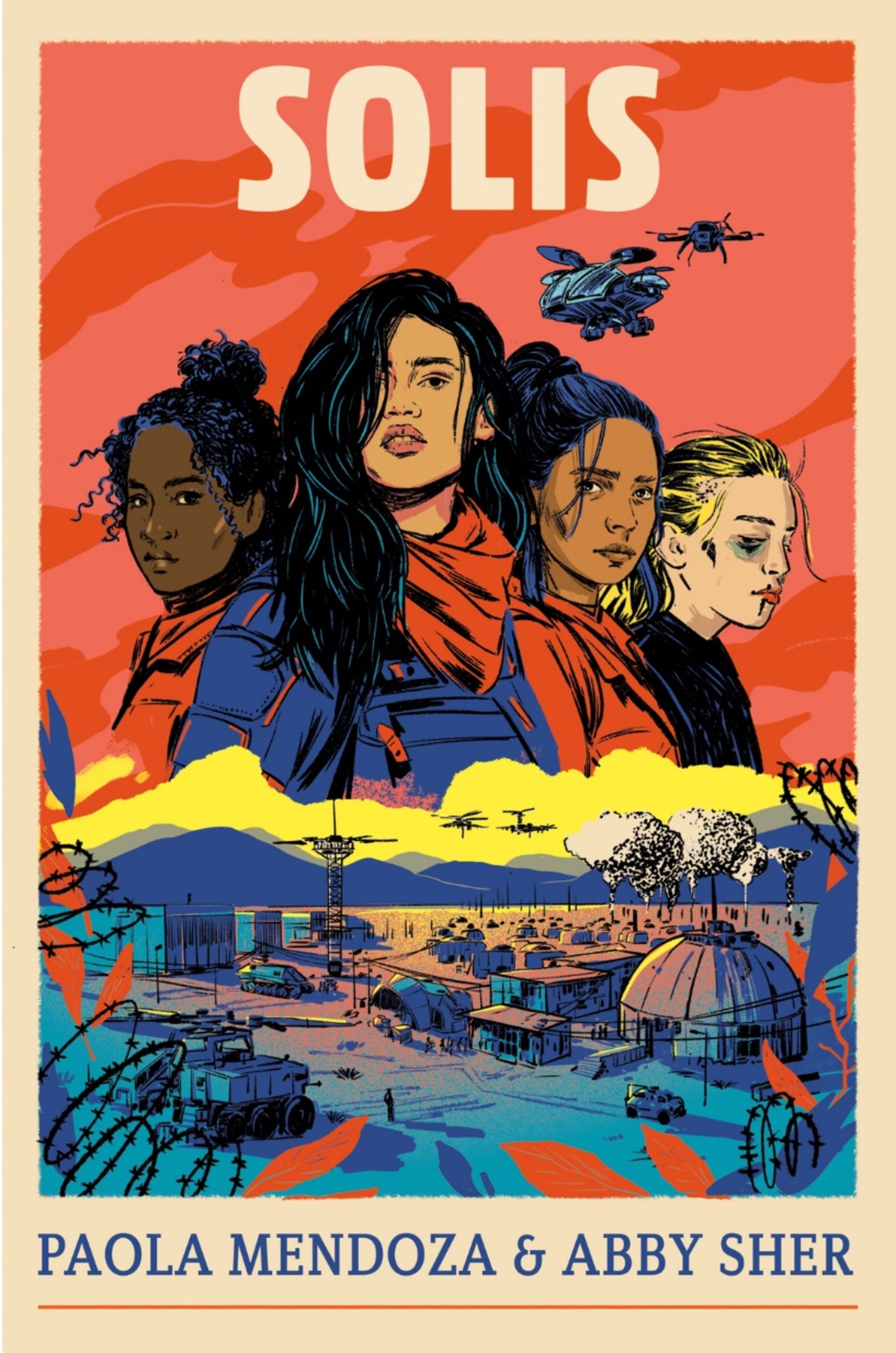
Journey to the Cuba of the sugar fields
Spanish writer Rafael Tarradas Bultó published 'El valle de los arcángeles,' a love novel set in slave-owning Cuba at the end of the 19th century.
Barcelona, Spring of 1864. Gabriel Gorchs, only son of the Baron of Santa Ponsa, lives in his family's dark gothic palace. While plotting how to change his luck, he receives a letter informing him that tragedy has made him the heir to an important plantation in the Caribbean. Although he hesitates, he soon realizes that this is a unique opportunity for him.
On the other hand, Pepa Gómez, raised in misery and mistreatment, but beautiful, intelligent and determined, has found a job in a large palace in the city. Scheming how to continue climbing the social ladder, her decision to make her way without thinking of others will provoke a miscalculation that will force her to disappear and flee.
The two meet aboard the Santa Graciela, a fabulous clipper, which is the fastest way to travel across the Atlantic. Their destination awaits them both, the Valley of the Archangels, in Cuba, where the sugar mills of the Viader, Serrano and Abbad families have lived in harmony and opulence until a series of murders.
RELATED CONTENT
A simple story, but not lacking in passion, love and revenge, is the one told by Spanish author Rafael Tarradas Bultó in El Valle de los Arcángeles, published in Spanish by Espasa and available for the American reader on Amazon. It's a story that has a backdrop of profound injustice in the slave system, the death throes of the Spanish empire and the beauty of a paradise landscape, that tells readers about the abyss between rich and poor, between masters and slaves, and the power of passions and the boundless ambition of a woman who came to disrupt everything.

El valle de los Arcángeles is the second novel by Tarradas, who drew on a family thread to narrate this story set in Cuba, still under Spanish colonial rule. Her great-great-grandmother was an 'Indiana,' as people who returned after having made their fortune in the Americas are known in Spain, and this became the spark that inspired her to create the character of Pepa, a woman who sees the opportunity to get out of poverty by seducing the heir of one of the three sugar magnates in an imaginary valley in Cuba.
During thelaunch of the book in Zaragoza, Tarradas explained that it tells the story of an era "with a lot of luxury and glamour, but also with a lot of injustice." Life in the palaces and haciendas of the Creole elite and the Indians enriched by the sugar cane plantations had nothing to do with the misery the slaves of the time lived.
"Most of the great Spanish fortunes of the time had businesses in Cuba and were directly or indirectly linked to slavery. Even Queen Maria Cristina had a plantation," Tarradas recalled, quoted by El Periódico de Aragón, adding that the novel features well-known historical figures and slave traders such as Julián de Zulueta and Pedro Blanco.












LEAVE A COMMENT: